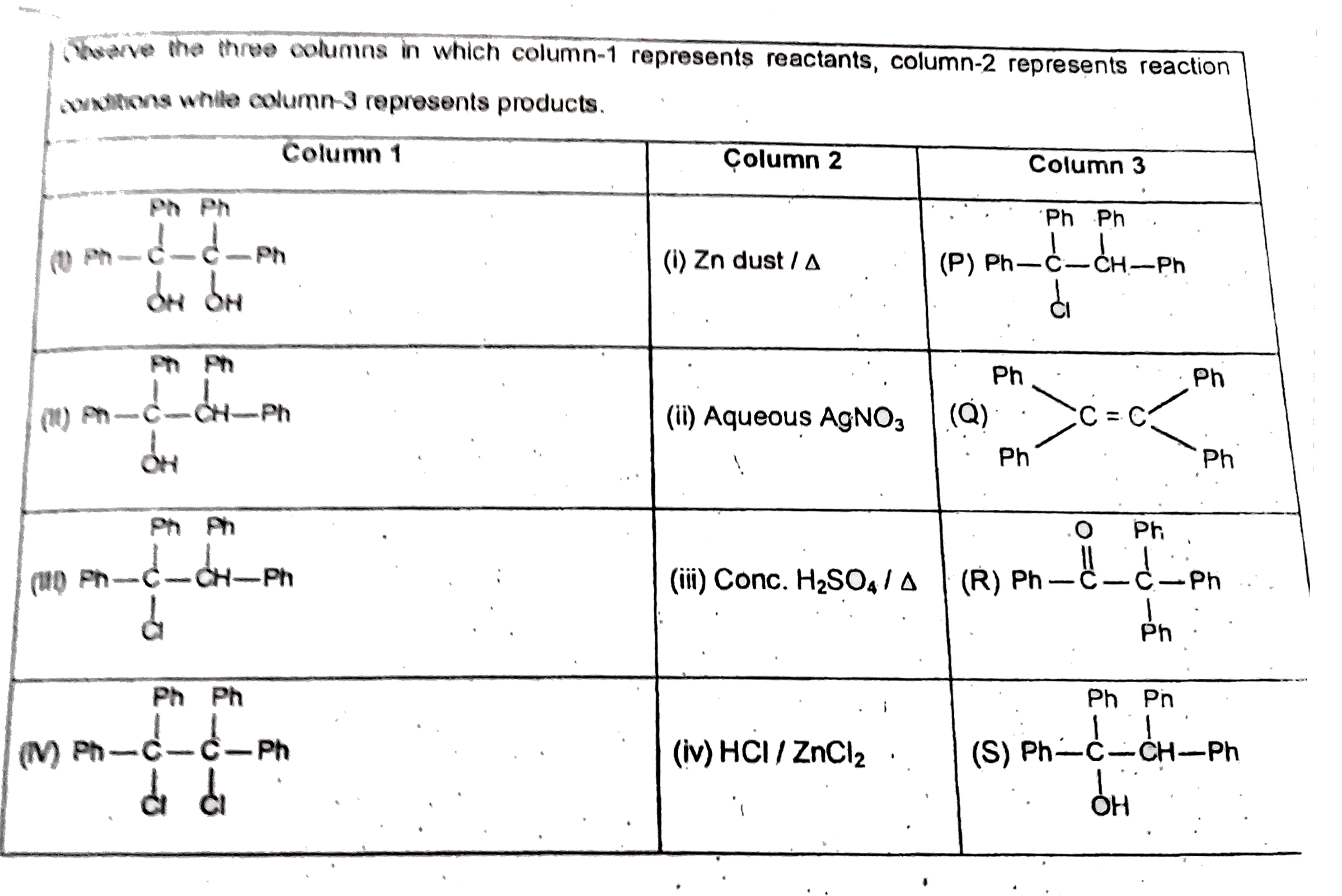State a condition under which a bimolecular reaction is kinetically first order reaction.
Video Solution
Text Solution
The correct Answer is:N/a
Presence of one of the reactants in excess, as in such a condition, its concentration remains constant and rate of such reaction depends upon concentration of one reactant only and reaction is known as pseudo first order reaction e.g., acid catalysed hydrolysis of ethyl acetate.
CH3COOC2H5+H2OEthyl accetateH+−−→CH3COOHAcetic acid+C2H5OHEthyl alcohol
This reaction is bimolecular but is found to be of first order as experimentally it is observed that rate of reaction depends upon the concentration of ethyl acetate not on water as it is present in excess.
|
Updated on:21/07/2023
Topper's Solved these Questions
Similar Questions
Knowledge Check
- Question 1 - Select One
Under what conditions a bimolecular reaction may be kinetically of first order ?
Awhen both reactants have same concentrationBwhen one of the reacting species is in large excessCwhen the reaction is at equilibriumDwhen the activation energy of reaction is less - Question 2 - Select One
Concentration dependence of rate is called differential rate equation. Integrated differential equations give relation between directly measured experimental data i.e., concentration at different times and rate constant. The integrated rate equations are different for the reactions of differennt reaction orders. the first-order reaction has a rate constant 1.15×10−3s−1.
Q. Under which condition a bimolecular reaction is kinetically first order reaction:AWhen two ractants are involved.BWhen one of the reactants is in excess.CWhen one of the reactants does not involve in reaction.DNone of these. - Question 3 - Select One or More
Which one is correct for first order reaction.
At75%t50%=1.5Bt75%t50%=3Ct99.9%t50%=10Dt87.5%t50%=3
State one condition in which a bimolecular reaction may be kinetically of the first order?
View SolutionDefine order of reaction. Write the condition under which a bimolecular reaction follows first order kinetics.
View Solution(a)The rate constants of a reaction at 500 K and 700 K are 0.02 s−1and0.07s−1 respectively. Calculate the value of Ea.
(b) Under what condition a bimolecular reaction behaves kinetically first order reaction ?View SolutionExplain the kinetics of zero order reaction.
View Solution
The bimolecular reaction is represented by :View Solution

